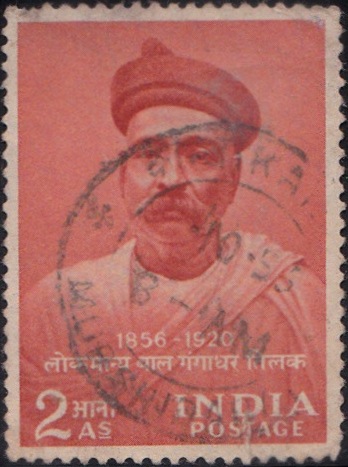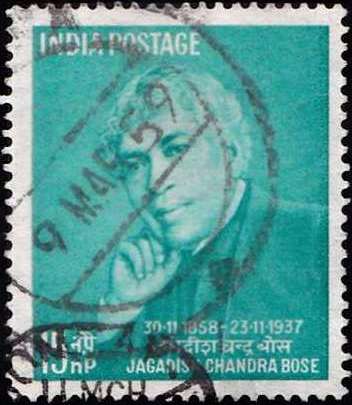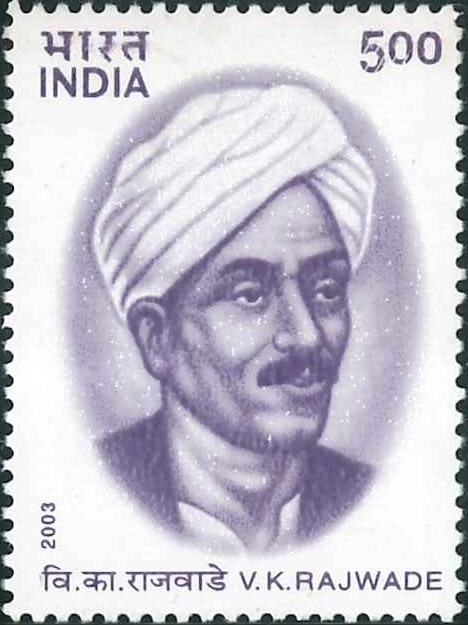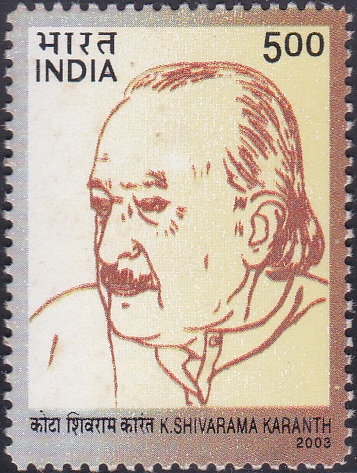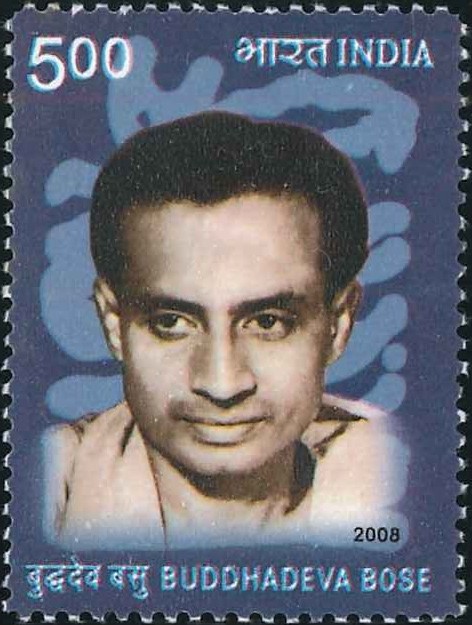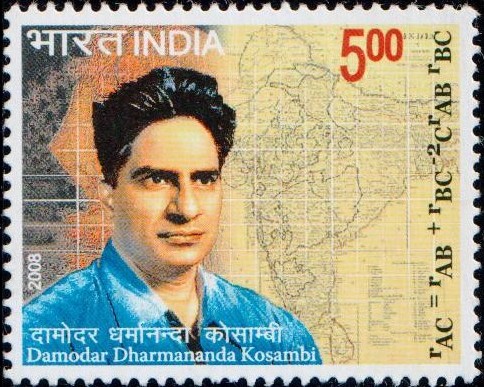
Damodar Dharmananda Kosambi
A commemorative postage stamp on the Birth Centenary of Damodar Kosambi, an Indian mathematician and historian :
 Issued by India
Issued by India
Issued on Jul 31, 2008
Issued for : The Department of Posts is happy to issue a commemorative postage stamp on Shri Damodar Dharmananda Kosambi.
Credits :
Stamp & FDC : Suresh Kumar
Cancellation : Alka Sharma
Type : Stamp, Mint condition
Colour : Multi Colour
Denomination : 500 Paise
Stamps Printed : 0.4 Million
Printing Process : Wet–offset
Printer : Security Printing Press, Hyderabad
Name : Damodar Dharmananda Kosambi
Born on Jul 31, 1907 at Kosben, Portuguese India [now Goa, India]
Died on Jun 29, 1966 at Pune, Maharashtra, India
About :
- Damodar Dharmananda Kosambi was Mathematician, statistician and Sanskritist, who contributed in genetics by introducing Kosambi’s Map function. He was well known for his work in Numismatics and for compiling critical editions of some ancient Sanskrit texts.
- Damodar Dharmananda Kosambi was born in 1907 at Kosben in Goa. After few years of schooling in India, in 1918 Damodar Dharmananda Kosambi went to Massachusetts. There he spent a year in the Grammar School and was admitted to the Cambridge High and Latin School in 1920. He did well in his final school examination. He was one of the few candidates who were exempted on their merit from passing an entrance examination essential at the time to enter into Harvard University. He joined the University in 1924, but eventually postponed his studies and returned to India. In January 1926, Kosambi returned to the US with his father. Shri Kosambi studied Mathematics under George David Birkhoff who wanted him to concentrate on Mathematics but ambitious Kosambi instead took many diverse courses excelling in each of them. In 1929, Harvard University awarded him Bachelor of Arts Degree with summa cum laude. He was also granted membership to the esteemed Phi Beta Kappa Society, the oldest undergraduate honours organization in the United States.
- On return to India Shri Kosambi obtained the post of Professor at the Banaras Hindu University. He taught German along with Mathematics. In 1930 he published his first research paper “Precession of an Elliptic Orbit” in the Indian Journal of Physics in 1930.
- In 1931 he got married to Nalini and also obtained job at the Aligarh Muslim University. During his two years stay in Aligarh, he produced eight research papers in the general Aura of Differential Geometry and Path Spaces. His fluency in several European languages allowed him to publish some of his early papers in French, Italian and German journals.
- In 1933 he joined Deccan Education Society’s Fergusson College in Pune, where he taught mathematics for the next 12 years.
- In 1944 he published a small article of 4 pages titled “The estimation of Map Distance from Recombination values” in Annals of Eugenics, in which he introduced what later came to be known as Kosambi’s Map function.
- One of the most important contribution of Kosambi to statistics is the widely known technique called Proper Orthogonal Decomposition (POD).
- In 1945, Homi J. Bhabha invited Kosambi to join Tata Institute of Fundamental Research (TIFR) as Professor of Mathematics. In 1948-49 he was sent to England and the US as UNESCO Fellow to study the theoretical and technical aspects of the Computer.
- After his return to India, he was increasingly drawn into the World Peace Movement. He became a tireless crusader of peace, campaigning against the nuclearization of the world. His activism in the Peace Movement took him to Beijing, Helsinki and Moscow and he also pursued diverse research interests too, which culminated in his book “An Introduction to the study of Indian History” (1956).
- Shri Kosambi exit Tata Institute of Fundamental Research in 1962 and concentrated on his research in ancient Indian history culminating into his book “The Culture and Civilization of Ancient India” which was published in 1965. He also utilized his time in archaeological studies and contributed in the field of statistics and number through his article on Mathematics was published in Feb 1965 in Scientific American.
- In June 1964, Shri Kosambi was appointed as a Scientist Emeritus on the Council of Scientific and Industrial Research (CSIR).
- He got involved in many historical, scientific and archaeological projects. On June 29, 1966 he died in Pune. He was posthumously decorated with ‘Hari Om Ashram’ Award by the Government of India’s University Grants Commission in 1980.
- Text : Material provided by the proponent.
Subscribe
Login
0 Comments


